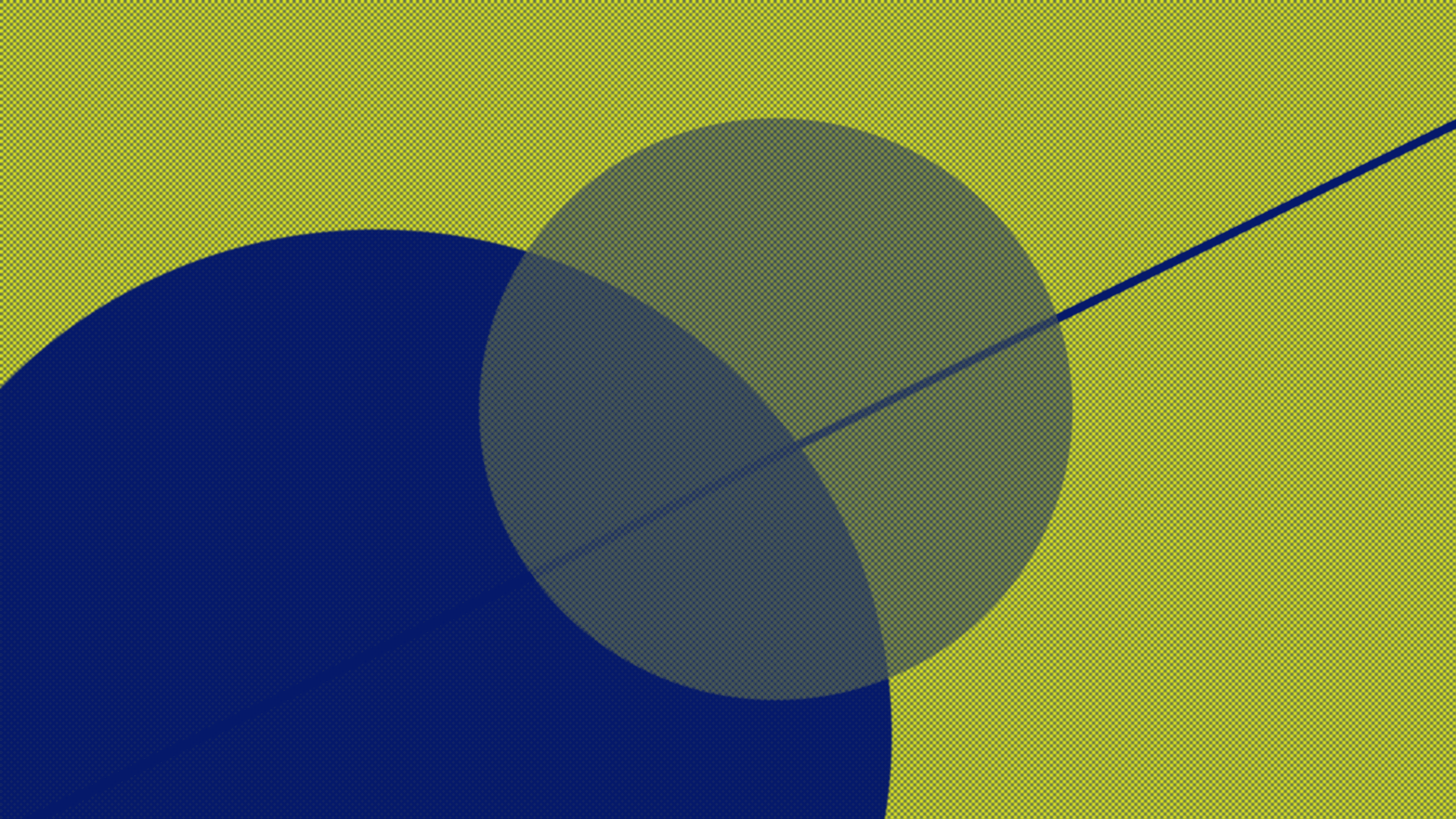The pursuit of perfection through science
Part experiment | Part exhibition
by Jestin George
Interactions between science and the public usually prioritize communication, aiming primarily to inform and educate. This is very important for trust in science and for fact-based, rather than fear-based, advocacy. However, there are few initiatives that encourage the public to interact with science in a critical, speculative and imaginative way. Melbourne Science Gallery fills this gap by bringing ideas surrounding science to the public through the eyes and minds of artists. This art-science fusion produces a unique and important space that provokes scientific engagement and thought that goes beyond simply defining the practical pros and cons of developing technologies. One of my favorite things about Science Gallery is that they are not afraid to get contentious, to shake things up and make people feel uncomfortable.
Operating in only six cities across the globe, we are lucky to have Science Gallery Melbourne (SGM) here in Australia. SGM recently curated a fascinating exhibition themed around Perfection, which included an exploration of genetic engineering and the idea of improving or perfecting biology. Although there were many brilliant and thought-provoking artworks, I have highlighted a few of my favorites here.

The Biometrics Mirror (by Lucy McRae, Dr Niels Wouters and Nick Smith, Australia) was an interactive piece which took photos of your face and modified them to reveal a ‘perfect’ version of yourself. The idea was based on an algorithm developed by a Hollywood plastic surgeon, Dr Stephen Marquardt, who hoped to define mathematical parameters of beauty. Facial recognition technology is increasingly being improved and used, but ethical concerns arise when such a technology aims to categorize or detect a person’s sexuality, beauty, gender, or ethnicity.
With my background in genetics and gene editing, I was drawn to Naretha Williams’ work Corvid (Australia). As a PhD student working on genomic datasets, I am trained to associate certain sequence motifs and patterns with genomic features, such as protein coding genes or regulatory elements. Williams’ work similarly identifies patterns in genomic code, but instead of being concerned with their potential scientific features, she assigns them to sound bytes. This practice is known as DNA sonification. Inspired by her ancestral totemic lineage, Williams uses various corvid (raven and crow) bird calls to create a soundtrack of her own genome. I found it strangely suitable to experience data through another sense, and it highlighted the immense potential for using nontraditional methods to analyze and communicate large data sets.
A work which felt particularly unsettling was Jaden Hastings’ The Demiurge (Australia). At first glance it looked like a classic bedroom dressing table, in soft pinks and brassy tones with a large mirror perched on it. On closer inspection I realized that it was also a lab bench, with pipettes and microcentrifuge tubes and dissection scissors, something I happen to be very familiar with too. The work gestured toward a future where beauty and self-improvement occur routinely through daily human gene editing, a projection that most people—myself included—find uncomfortable.

However, the work also represents two spaces I use every day: At my dressing table, I improve my appearance by applying makeup or styling my hair. At my lab bench, I think about the technicalities of gene editing in microalgae for biotechnological applications. This side-by-side comparison reminded me that I have a very different everyday experience with gene editing compared to the occasional experience a non-scientist might have. Non-scientists focus less on the technicalities and applications of gene editing and engage instead with the tricky ethical questions and contentions surrounding human or crop gene editing, through media reports, blogs posts and online debates. This is important for scientists working in these disciplines – all our excitement and focus on the scientific intricacies and possibilities can desensitise us to the various concerns the public may have, even if some of those concerns seem ‘unscientific’ at a point in time. We justify how the positive implications of the research we do outweighs the negatives and attempt to clearly validate human gene editing for ‘medically valid reasons’. This work reminded me of the complexity of defining medical conditions and what is and is not a valid reason for genetic engineering. In a world where we have certainly not overcome prejudices against people who might just be different as opposed to ill, any seemingly clear-cut validation is problematic. On the other hand, the scientist in me wonders how different somatic gene editing for beauty really is from other self-modifications, such as cosmetic surgery or other non-surgical procedures carried out in beauty salons.
Moving away from the quest for perfection, Maurizio Toscano’s Ark of Imperfection (Australia) was a refreshing tribute to our human flaws. Another interactive piece, this work asked participants to provide a swab of their cheek in a microcentrifuge tube, stored in the Ark, and then write down an imperfection about themselves that they like, which was then catalogued in a library-style shelf. The work highlighted the complexity of gene function, showing that some genes that are associated with negative traits can have important positive roles.

‘Perfection’ will end 3 November 2018, and I highly recommend making the time to see it. It is a fantastic way to think about science outside of science.
 Jestin George is a PhD student at the University of Technology Sydney, working on genetically engineering the diatom Phaeodactylum tricornutum for applications in biotechnology. She is member of the executive board and assistant communications officer of Synthetic Biology Australasia. Read more about her work here, or connect with her on Twitter.
Jestin George is a PhD student at the University of Technology Sydney, working on genetically engineering the diatom Phaeodactylum tricornutum for applications in biotechnology. She is member of the executive board and assistant communications officer of Synthetic Biology Australasia. Read more about her work here, or connect with her on Twitter.
